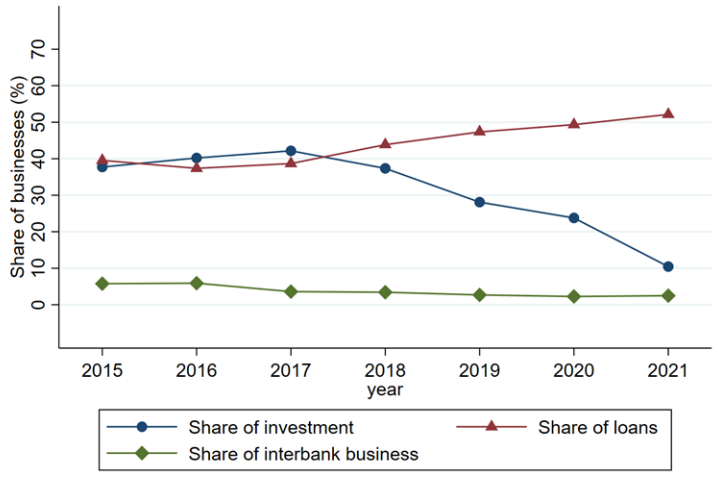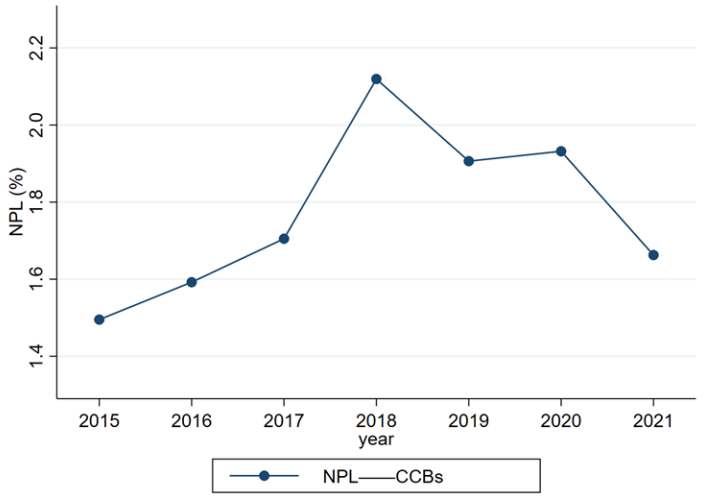References
Agarwal, S., Chang, Y., & Yavas, A. (2012). Adverse selection in mortgage securitization. Journal of Financial Economics, 105(3), 640-660.
Albertazzi, U., Bottero, M., Gambacorta, L., & Ongena, S. (2021). Asymmetric information and the securitization of SME loans. Swiss Finance Institute Research Paper, (21-13).
Ambrose, B. W., LaCour-Little, M., & Sanders, A. B. (2005). Does regulatory capital arbitrage, reputation, or asymmetric information drive securitization? Journal of Financial Services Research, 28(1), 113-133.
An, X., Deng, Y., & Gabriel, S. A. (2011). Asymmetric information, adverse selection, and the pricing of CMBS. Journal of Financial Economics, 100(2), 304-325.
Benmelech, E., Dlugosz, J., & Ivashina, V. (2012). Securitization without adverse selection: The case of CLOs. Journal of Financial Economics, 106(1), 91-113.
Berndt, A., & Gupta, A. (2009). Moral hazard and adverse selection in the originate-to-distribute model of bank credit. Journal of Monetary Economics, 56(5), 725-743.
Jiang, W., Nelson, A. A., & Vytlacil, E. (2014). Securitization and loan performance: Ex ante and ex post relations in the mortgage market. The Review of Financial Studies, 27(2), 454-483.
Keys, B. J., Mukherjee, T., Seru, A., & Vig, V. (2010). Did securitization lead to lax screening? Evidence from subprime loans. The Quarterly Journal of Economics, 125(1), 307-362.
Keys, B. J., Seru, A., & Vig, V. (2012). Lender screening and the role of securitization: evidence from prime and subprime mortgage markets. The Review of Financial Studies, 25(7), 2071-2108.
Parlour, C. A., & Plantin, G. (2008). Loan sales and relationship banking. The Journal of Finance, 63(3), 1291-1314.
Pennacchi, G. G. (1988). Loan sales and the cost of bank capital. The Journal of Finance, 43(2), 375-396.








